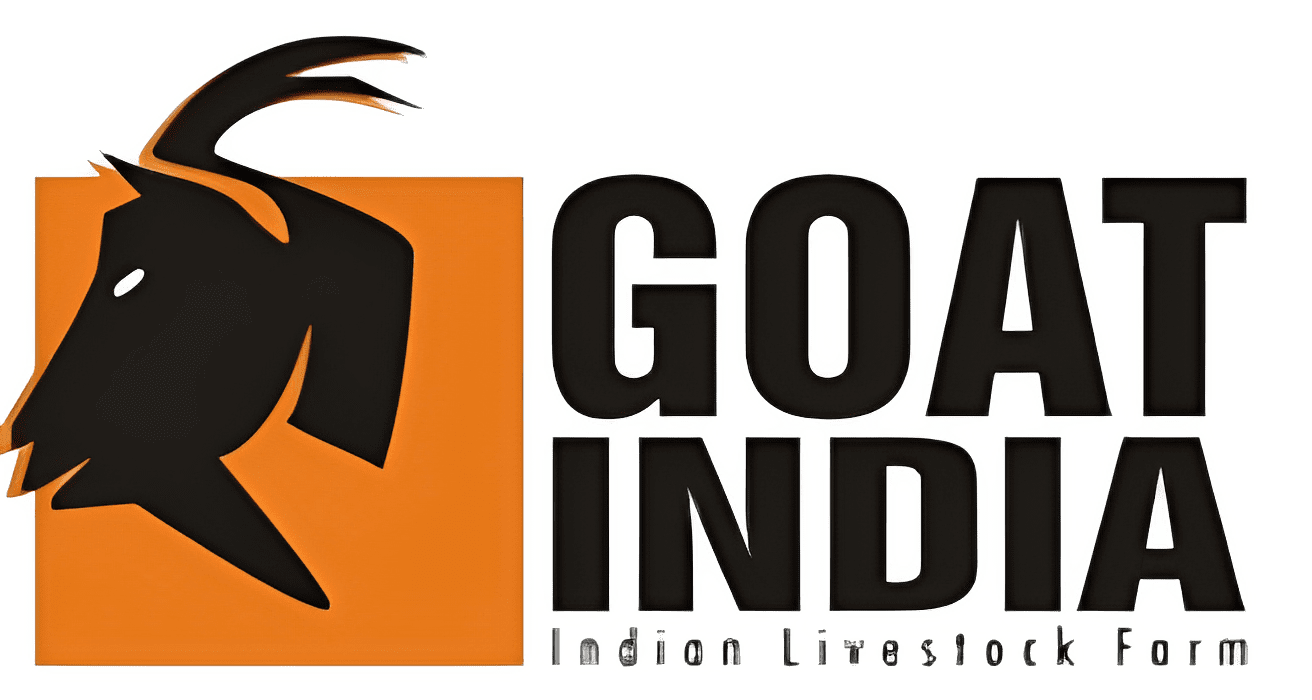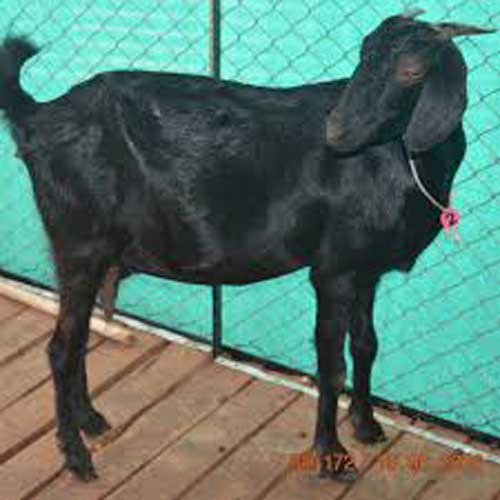Osmanabadi Goat
Complete farming guide for Maharashtra’s dual-purpose goat breed. Expert insights on breeding, feeding, housing, and milk production management for optimal performance in Indian conditions.
Osmanabadi Goat Key Statistics
Essential performance metrics for Maharashtra’s versatile dual-purpose breed
Comprehensive Farming Information
Detailed guidance for successful Osmanabadi goat management
Coat colors vary widely with black, white, and brown being most common. Large, drooping ears complement straight or slightly curved faces. Adult males average 68cm body length while females average 66cm.
Medium to large-sized goats with impressive lengthy legs and attractive appearance. Adult males weigh 34-36kg on average while females typically weigh 30-32kg with proper care and nutrition.
Approximately 90% of bucks develop horns while does may be horned or polled. Horn presence varies between individuals with some females showing only cosmetic horn development.
Certified breed with high-demand meat quality across India. The flesh commands premium prices in markets while skin quality is exceptionally valued for leather production applications.
Daily milk production typically ranges from 0.5 to 1.5kg during lactation period. Peak production occurs in first six weeks post-kidding, averaging 1.25 liters daily before gradually declining.
Milk contains 3.5% fat content with good protein levels. Suitable for lactose-intolerant individuals and highly demanded in major urban centers. Excellent nutritional value for infants and children.
Impressive reproductive capacity with potential for twice-yearly breeding under optimal conditions. Twins are normal occurrence with triplets being uncommon. Gestation period approximately 5 months.
Primary purpose is high-quality meat production. Excellent grade meat with superior taste and texture. Good carcass yield and dressing percentage making them economically valuable for meat enterprises.
Feed at rate of 10% of body weight daily, divided into three meals. Diet should include green forage, dry forage, and concentrate feed with balanced protein, carbohydrates, vitamins and minerals.
Pregnant or nursing does require additional 100 grams of concentrate feed daily. Cost-effective feeding using readily available forage including grass, legume pulp, and vegetables reduces feed costs significantly.
Provide constant access to outdoor space with reliable food sources. Adequate ventilation through windows and doors essential. Clean, dry, and sanitary conditions maximize productivity and health.
Winter requires plastic covering for vents to maintain warmth. Apply limestone powder every two weeks to control microorganisms. Separate quarters needed for kids, males, and females.
Superior disease resistance compared to other breeds makes them ideal for commercial farming. When properly vaccinated, they show excellent immunity and produce many healthy offspring.
Foot and Mouth Disease: Kids at 3 and 6 months, adults every 6 months. Goat Pox and PPR: Kids at 3 and 6 months, adults annually. Maintain consistent vaccination records.
Regular health monitoring and proper sanitation prevent common diseases. Maintain clean housing conditions and provide adequate nutrition to support natural immunity and disease resistance.
Veterinarians specifically recommend this breed for commercial operations. Regular check-ups and professional guidance ensure optimal health management and production performance.
Practical Farming Techniques
Evidence-based practices for successful Osmanabadi goat farming
Feeding Management
Housing Requirements
Reproductive Management
Economic Benefits
Performance Comparison
Osmanabadi goat specifications and management requirements
| Parameter | Male (Buck) | Female (Doe) | Management Notes |
|---|---|---|---|
| Average Weight | 34-36 kg | 30-32 kg | Varies with nutrition and care quality |
| Body Length | 68 cm average | 66 cm average | Medium to large size classification |
| Horn Development | 90% develop horns | May be horned or polled | Genetic variation in horn expression |
| Daily Feed | 3.4-3.6 kg | 3.0-3.2 kg | 10% of body weight daily |
| Milk Production | N/A | 0.5-1.5 kg/day | Peak in first 6 weeks post-kidding |
Start Your Osmanabadi Goat Farm
Join thousands of successful farmers raising Maharashtra’s premium dual-purpose breed


